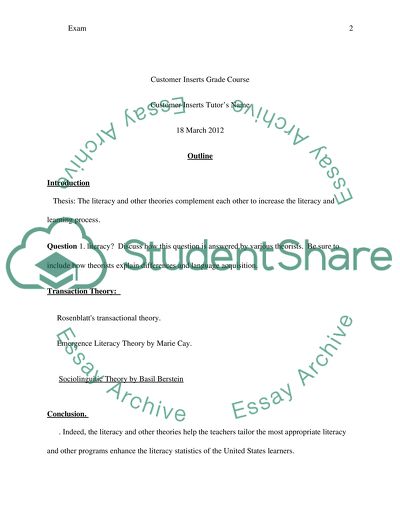Cite this document
(“Theories of literacy Essay Example | Topics and Well Written Essays - 4000 words”, n.d.)
Retrieved from https://studentshare.org/education/1396009-theories-of-literacy
Retrieved from https://studentshare.org/education/1396009-theories-of-literacy
(Theories of Literacy Essay Example | Topics and Well Written Essays - 4000 Words)
https://studentshare.org/education/1396009-theories-of-literacy.
https://studentshare.org/education/1396009-theories-of-literacy.
“Theories of Literacy Essay Example | Topics and Well Written Essays - 4000 Words”, n.d. https://studentshare.org/education/1396009-theories-of-literacy.


